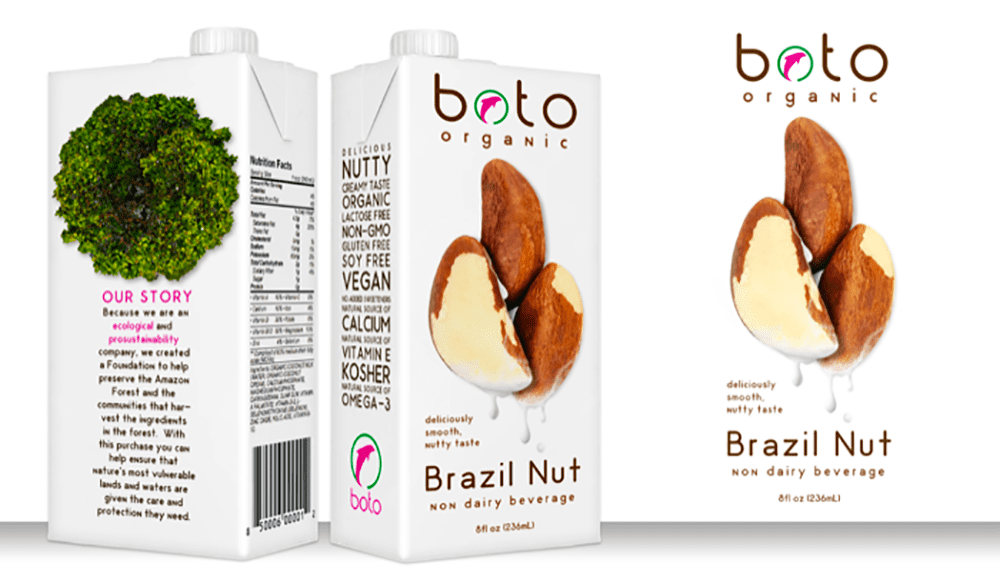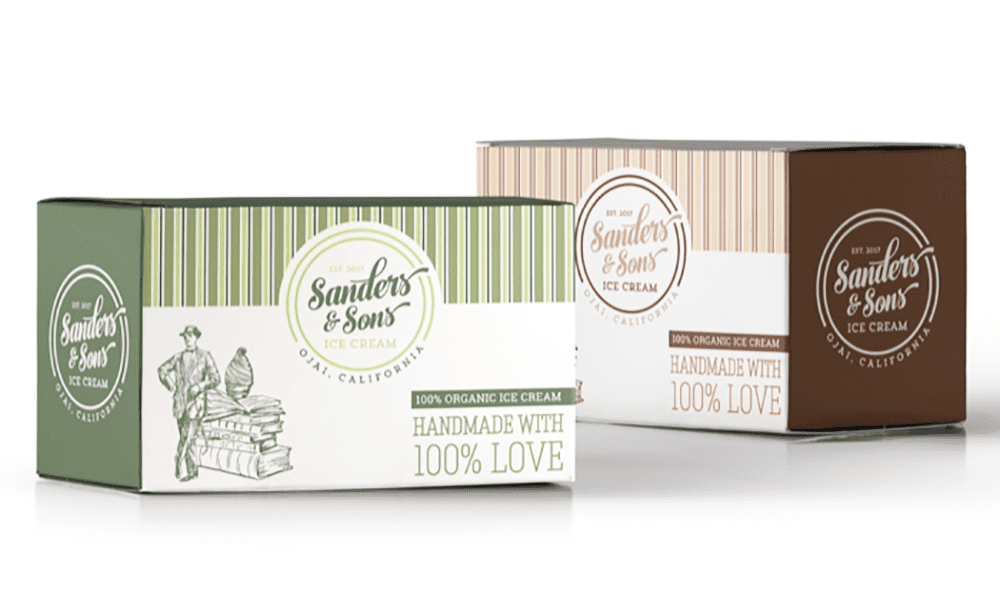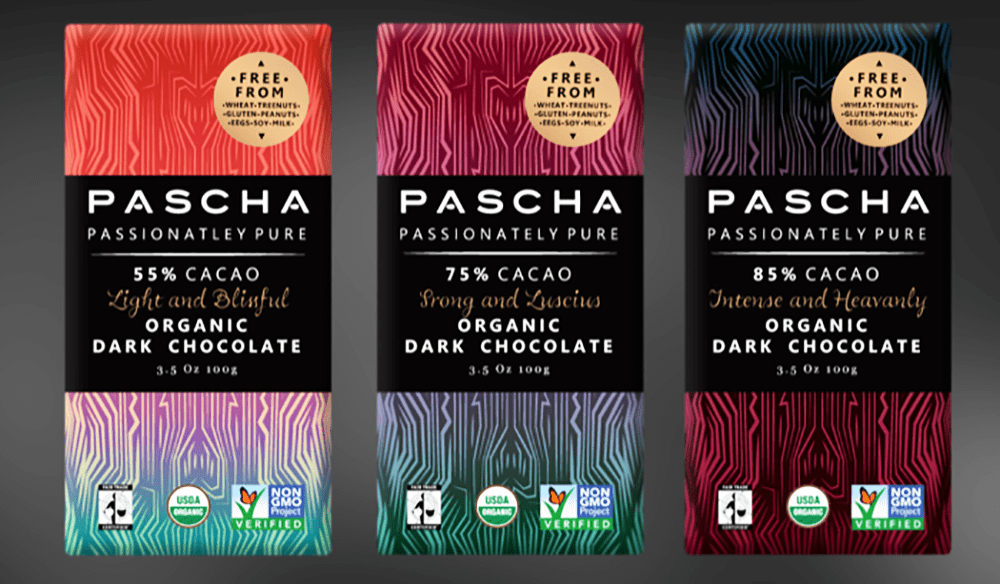At The Food Channel, we watch trends in a variety of areas impacting food. That includes agriculture, restaurants, retail grocery, generational—and today a look at food and beverage packaging trends. The containers in which food and drink are sold are as much influenced by consumers as trends in flavors, cooking utensils and kitchen equipment.
We recently spoke to Amanda Bowman, from crowdspring, a global marketplace that’s also highly on-trend with its products—crowdsourced product design, graphics and branding. The crowdsourcing aspect allows the company to offer affordable options to a variety of startups and companies.
A Connection To A Brand
Packaging plays an important role in how we perceive products and often how we connect with brands. It also reflects the desire of consumers for transparency, environmentally friendly construction and, honestly, we want nice looking designs to put on our shelves. No generic boxes, please. Bowman talks about what she sees as the top five trends for 2019.
Transparent Packaging. Brands and businesses cannot escape transparency and the consumer’s desire to get a sneak peak of what’s inside. What was once thought to be too expensive to produce has now become expected.

Making A Statement. Shoppers, especially Millennials and Gen Z, look for more than just great taste when it comes to products. They will seek out brands and companies that stand for something. Especially if purchasing a product initiates a donation or supports a cause important to them.
A 2018 Purpose Study by Cone/Porter Novelli shows 79 percent of Americans are more loyal to purpose-driven brands and 73 percent are more willing to defend them. It’s no longer acceptable for companies to simply make money, 78 percent expect them to positively impact society as well. More than 65 percent would switch from a current brand to one that supports issues important to them and more than 55 percent would even pay more.

According to Boman, “Increasing numbers of consumers seek out companies who make it clear they care. Whether this is through sustainable packaging or clearly stated causes doesn’t matter. It is important to emphasize your name to ensure consumers recognize and connect your brand to a cause.”
Another point, when it comes to philanthropy. CultureWaves® the behavior science company that informs the majority of The Food Channels’ trend editorial, says it’s imperative that philanthropic ties be authentic. Not only do Millennials and Gen Z look for these connections, they must be real and go beyond packaging. These generations look to see if employees are involved, if support of the cause integrates into annual reports and advertising, with support at the highest levels of executive leadership.
Vintage Packaging. Look for more packaging that recalls a vintage feel with color or graphic elements, with a modern twist. These are especially important with artisanal products, says Bowman, and those that have homemade quality and appeal. “Vintage also conveys exclusivity. It lets the consumer feel as if they’ve collected something rather than simply making a purchase.”

Telling A Story. “The best packaging tells a compelling story,” according to Bowman. “A good brand story can be conveyed in every visual piece of branding for a business. Your brand story is the backbone of your identity. Packaging can often be the most effective way to tell your story in a compelling way. It was a key point in my look at 2018 trends.” She says brands must understand what they stand for, how they want customers to feel when using, and what needs and desires it fulfills.

Gradient Design. “We anticipate gradients to be heavily incorporated in both web and package design in the coming year,” Bowman says. “Gradient design is striking and can be very versatile. It also provides interest without being busy. You want to add depth and complexity without overwhelming the product.”

The future of packaging is destined to be more than just a pretty or functional containers. It’s often the first impression and connection a consumer has with a brand. Especially if you lack a brick-and-mortar location, the physical product, and the message it conveys, may be the only contact a customer has. But it can’t end there.
Today’s consumers will explore your history, website, social media presence and, more important, peer reviews to fully form an impression of your company and its brands. Fully integrating your brand essence in all things will be expected, not optional.


You must be logged in to post a comment.